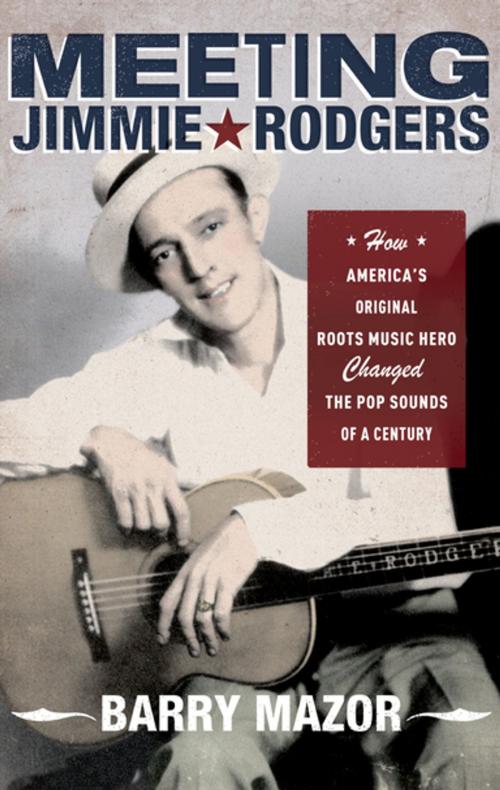Meeting Jimmie Rodgers
How America's Original Roots Music Hero Changed the Pop Sounds of a Century
Nonfiction, Entertainment, Music, Pop & Rock, Rock, Biography & Memoir, Composers & Musicians, Music Styles| Author: | Barry Mazor | ISBN: | 9780199886869 |
| Publisher: | Oxford University Press | Publication: | May 15, 2009 |
| Imprint: | Oxford University Press | Language: | English |
| Author: | Barry Mazor |
| ISBN: | 9780199886869 |
| Publisher: | Oxford University Press |
| Publication: | May 15, 2009 |
| Imprint: | Oxford University Press |
| Language: | English |
In Meeting Jimmie Rodgers, the first book to explore the deep legacy of "The Singing Brakeman" from a twenty-first century perspective, Barry Mazor offers a lively look at Rodgers' career, tracing his rise from working-class obscurity to the pinnacle of renown that came with such hits as "Blue Yodel" and "In the Jailhouse Now." As Mazor shows, Rodgers brought emotional clarity and a unique sense of narrative drama to every song he performed, whether tough or sentimental, comic or sad. His wistful singing, falsetto yodels, bold flat-picking guitar style, and sometimes censorable themes--sex, crime, and other edgy topics--set him apart from most of his contemporaries. But more than anything else, Mazor suggests, it was Rodgers' shape-shifting ability to assume many public personas--working stiff, decked-out cowboy, suave ladies' man--that connected him to such a broad public and set the stage for the stars who followed him. In reconstructing this far-flung legacy, Mazor enables readers to meet Rodgers and his music anew-not as an historical figure, but as a vibrant, immediate force.
In Meeting Jimmie Rodgers, the first book to explore the deep legacy of "The Singing Brakeman" from a twenty-first century perspective, Barry Mazor offers a lively look at Rodgers' career, tracing his rise from working-class obscurity to the pinnacle of renown that came with such hits as "Blue Yodel" and "In the Jailhouse Now." As Mazor shows, Rodgers brought emotional clarity and a unique sense of narrative drama to every song he performed, whether tough or sentimental, comic or sad. His wistful singing, falsetto yodels, bold flat-picking guitar style, and sometimes censorable themes--sex, crime, and other edgy topics--set him apart from most of his contemporaries. But more than anything else, Mazor suggests, it was Rodgers' shape-shifting ability to assume many public personas--working stiff, decked-out cowboy, suave ladies' man--that connected him to such a broad public and set the stage for the stars who followed him. In reconstructing this far-flung legacy, Mazor enables readers to meet Rodgers and his music anew-not as an historical figure, but as a vibrant, immediate force.















